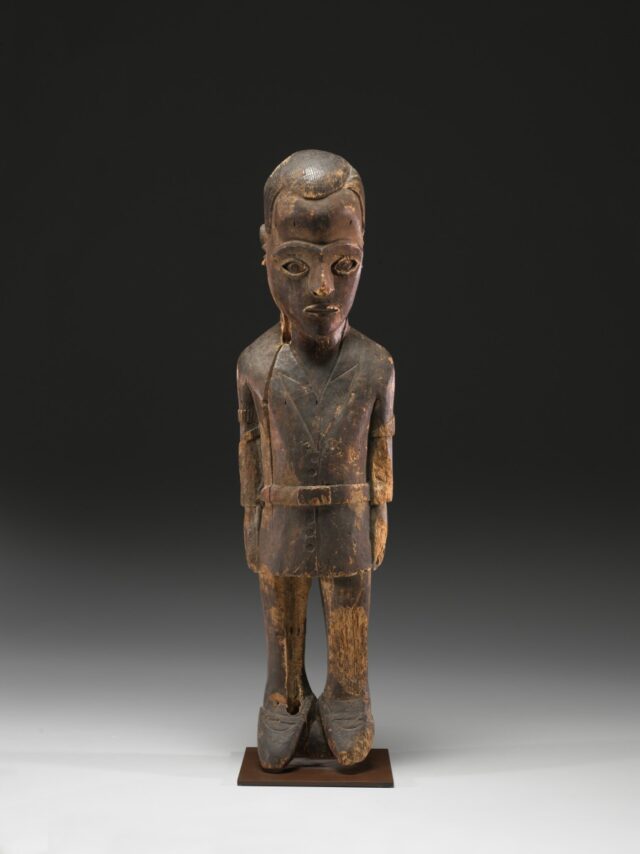San Miguel seeks SEC approval for P20-B bond offer
ANG-LED San Miguel Corp. (SMC) is seeking the approval of the Securities and Exchange Commission (SEC) for its planned P20-billion fixed-rate peso denominated bond offering to support the conglomerate’s fundraising initiatives.
The company filed the amended registration statement and preliminary offer supplement for the bond offer on April 22, SMC said in a stock exchange disclosure on Tuesday.
Based on its offer supplement dated April 22, the company expects to net P14.81 billion from the base offer and P19.75 billion if the oversubscription option is exercised.
The bond issuance will have a base offer of P15 billion with an oversubscription option of up to P5 billion consisting of Series O bonds due 2030 and Series P bonds due 2034.
The issue and listing date is expected on June 28 while the offer period is scheduled to run from June 17 to June 21.
The price setting and allocation is the week of June 10 while the receipt of the Securities and Exchange Commission (SEC) of the permit to sell is by June 14.
According to SMC, up to over P17 billion worth of net proceeds will be used for investments and other related projects in the company’s Bulacan airport project as well as to fund the redemption of Series I Bonds issued in July 2021.
The company will also use up to P2.44 billion of the net proceeds as repayment of its Series F bonds issued in March 2018.
SMC said the bond offer secured the PRS Aaa rating with a stable outlook by the Philippine Rating Services Corp. on April 22.
The PRS Aaa rating is the highest rating issued by PhilRatings. Those with the rating are “of the highest quality with minimal credit risk” while the issuing company has an “extremely strong” capacity to meet its financial commitment on the obligations.
SMC tapped Bank of Commerce, BDO Capital & Investment Corp., and China Bank Capital Corp. as the joint issue managers of the offer.
Bank of Commerce, BDO Capital, and China Bank Capital join Asia United Bank Corp., BPI Capital Corp., Philippine Commercial Capital, Inc., PNB Capital and Investment Corp., RCBC Capital Corp., and SB Capital Investment Corp. as the joint lead underwriters and bookrunners of the issuance.
The SEC recently approved the P20-B bond offer, which will be issued from the remaining P50-billion shelf-registered bonds.
The corporate regulator previously approved SMC’s shelf registration of Series 2 preferred shares consisting of up to 866,666,700 shares to be offered within a three-year period.
SMC recorded a 67% jump in its 2023 net income to P44.7 billion carried by growth across its businesses.
The conglomerate attributed the better financial performance to its businesses such as San Miguel Brewery, Inc., Ginebra San Miguel, Inc., Petron, and SMC Infrastructure, along with the integration of Eagle Cement Corp.’s financial results.
On Tuesday, SMC shares were unchanged at P104.40 apiece. — Revin Mikhael D. Ochave







![BTr-Treasury-720p-3-1024x576[BW FILE PHOTO]](https://www.bworldonline.com/wp-content/uploads/2024/04/BTr-Treasury-720p-3-1024x576BW-FILE-PHOTO-640x360.jpeg)













